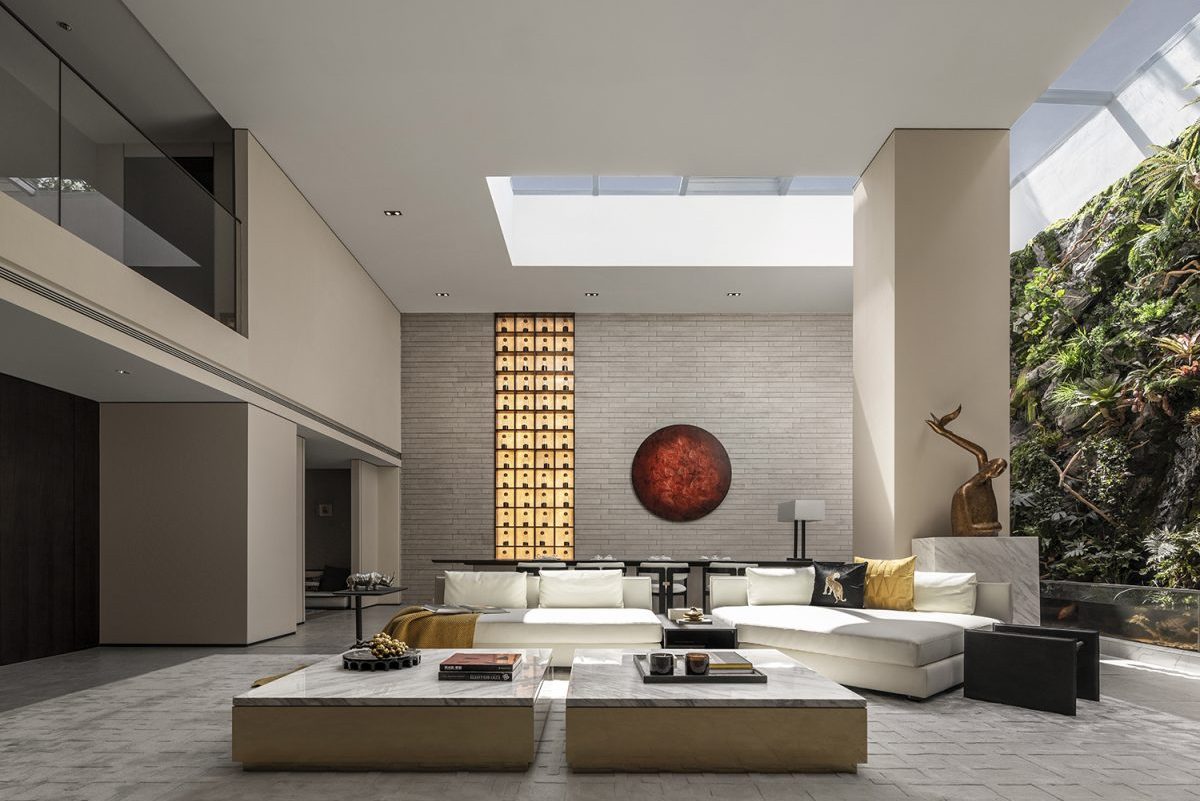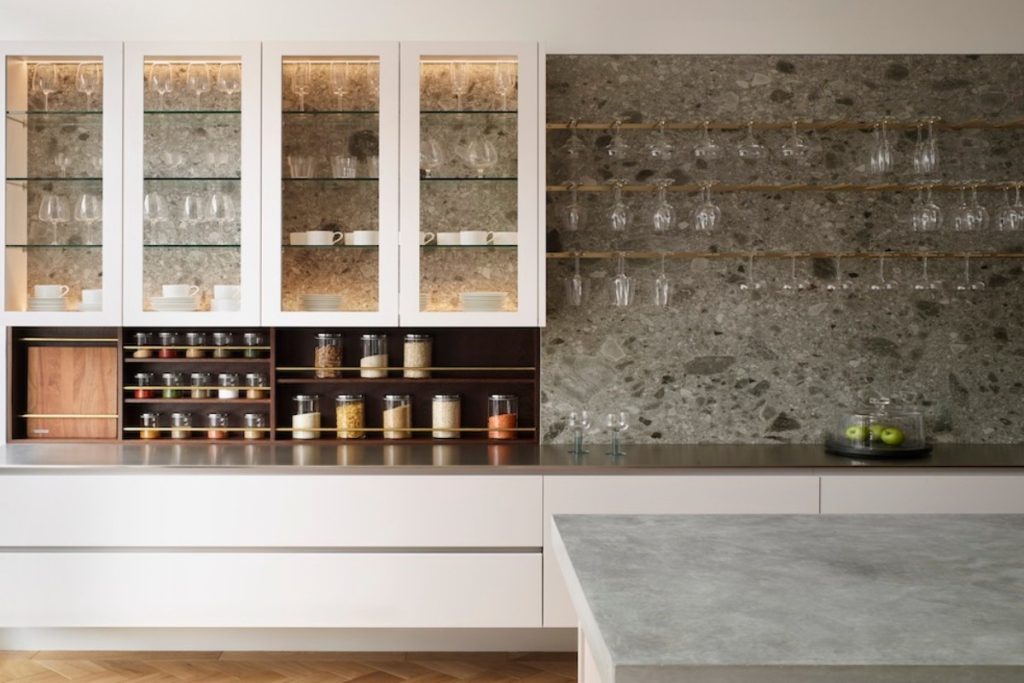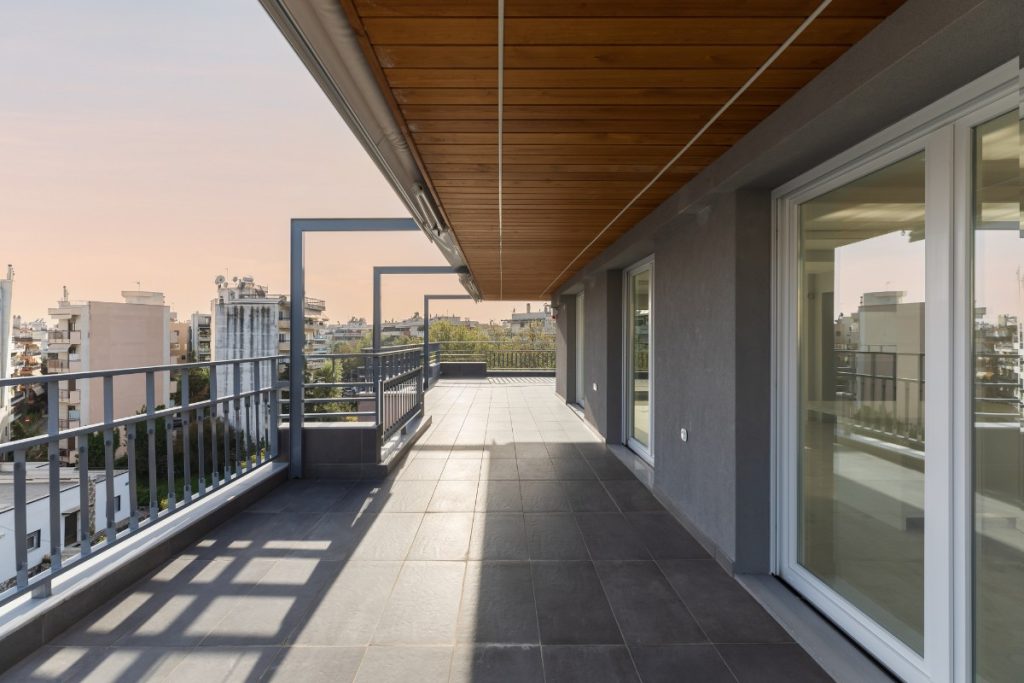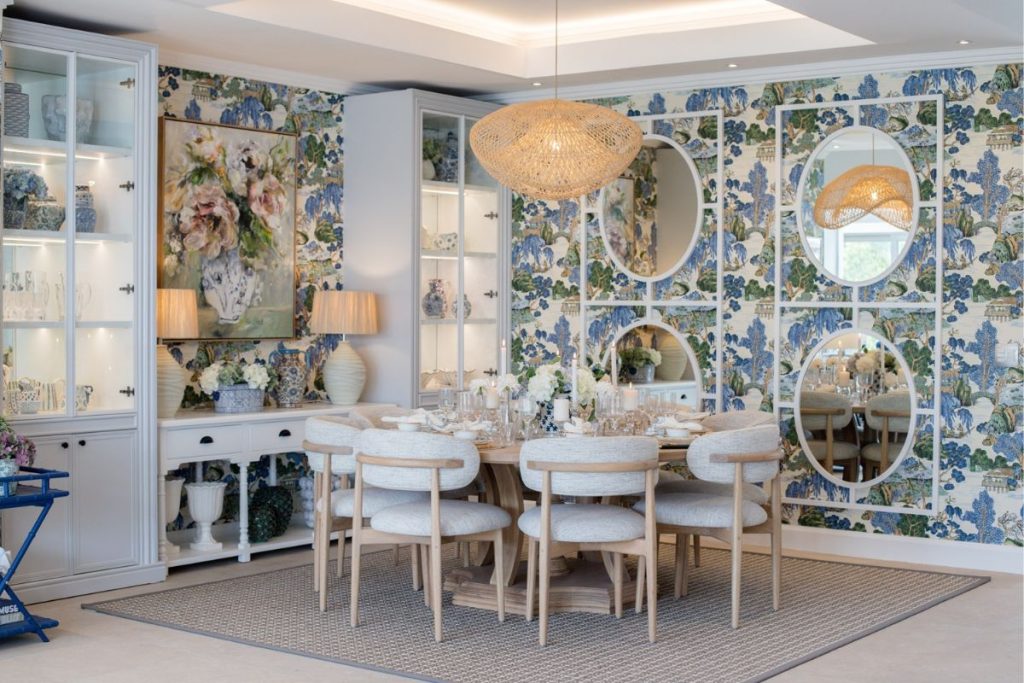 8th March 2022 | IN DESIGN ADVICE | BY SBID
8th March 2022 | IN DESIGN ADVICE | BY SBIDFeng shui is an ancient Chinese practice that aims to create balance in a room by arranging the pieces of furniture present. While some believe it to be nothing but pseudo-science, there are a lot of features of feng shui that can factor into modern interior design to create amazing spaces.
Read on to find out more about some feng shui principles and how they can be applied to modern interior designs.
Feng Shui Elements
One of the biggest elements of feng shui is the commanding position. This is the spot that is furthest from the door but not in direct line with it, putting it diagonal to the door. This commanding position is where you should ideally be spending the most amount of time, such as a bed, desk or sofa.
This can be applied to modern interior design as, when it comes to space planning, a popular concept is to have a focal area and zone areas with differing functions. By combining the commanding position with a focal area, you’re incorporating both feng shui and modern interior design into a space.
Another key element of feng shui is the use of the five elements and their accompanying colours. These are used to create a balanced home and life by deciding where to focus your energy. For example, the water element is meant to help balance your career. This means you should incorporate more black into this area, along with wavy or curvy shapes. In contrast, the earth element is to do with wellness so you should incorporate warmer tones such as brown, orange and yellow to represent the ground.
In modern interior design, colours are also used to evoke emotion, with brighter tones conjuring feelings of happiness or warmth, while darker tones can be more formal. So once again, modern interior design and feng shui are very similar in how they interpret the use of colour and it’s connection to provoking a particular mood or feeling.
A bagua is a feng shui energy map that includes eight different areas gathered around a centre square. Each element focuses on a different aspect of life such as Wealth & Abundance, Family & New Beginnings, Helpful People & Travel, Children & Completion and Love & Partnerships. You then pick areas in your room to improve, focusing on whatever one you want to activate.
This ties into modern interior design as spaces are designed to unlock new potential, whether that’s to compliment evolving lifestyles or serve a specific function – by following key design principles, interior solutions can inspire creativity, boost your mood, increase productivity and improve wellness. Approaching the interior design of a room by targeting specific areas and considering its ultimate purpose for the end-user.
Overall, merging the theories of feng shui with contemporary interior design can curate intuitive interior environments that are not only aesthetically pleasing, but mindful of the user’s lifestyle, aspirations and emotional experience of the space.
Society Of British & International Interior Design
If you’re looking for an interior designer for you or your business, the Society of British & International Interior Design (SBID) is on hand to help. Our Designer Directory is an extensive database of pre-qualified and Accredited design professionals. All SBID designers have demonstrate an ongoing commitment to high quality design, expert knowledge and professional service.
If you want to find out more about SBID and what it takes for our designers to reach Accredited status, call us now on 020 7738 9383 or visit our website today.
Cover image credits: Serendipper Design – China Jinmao Ji Nan



